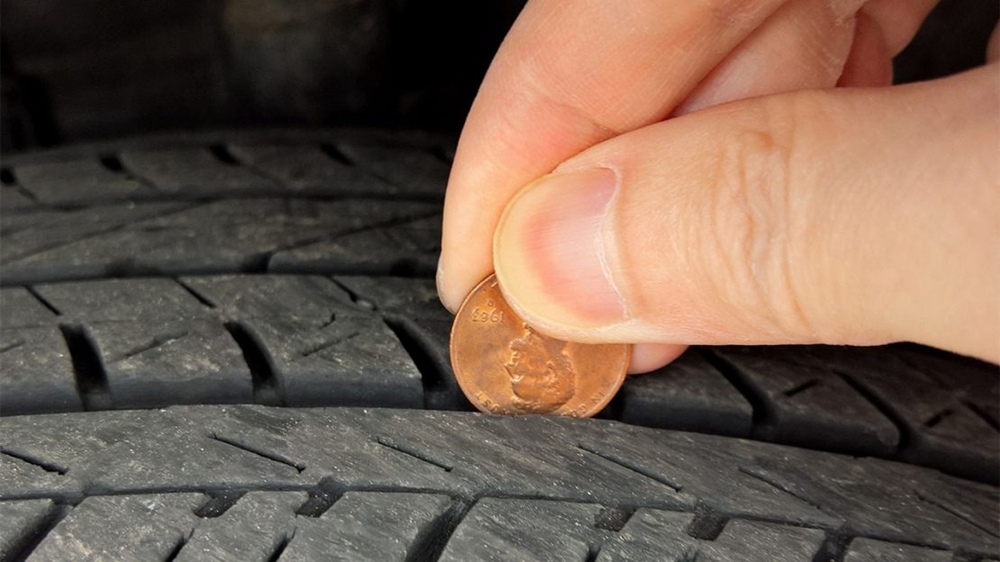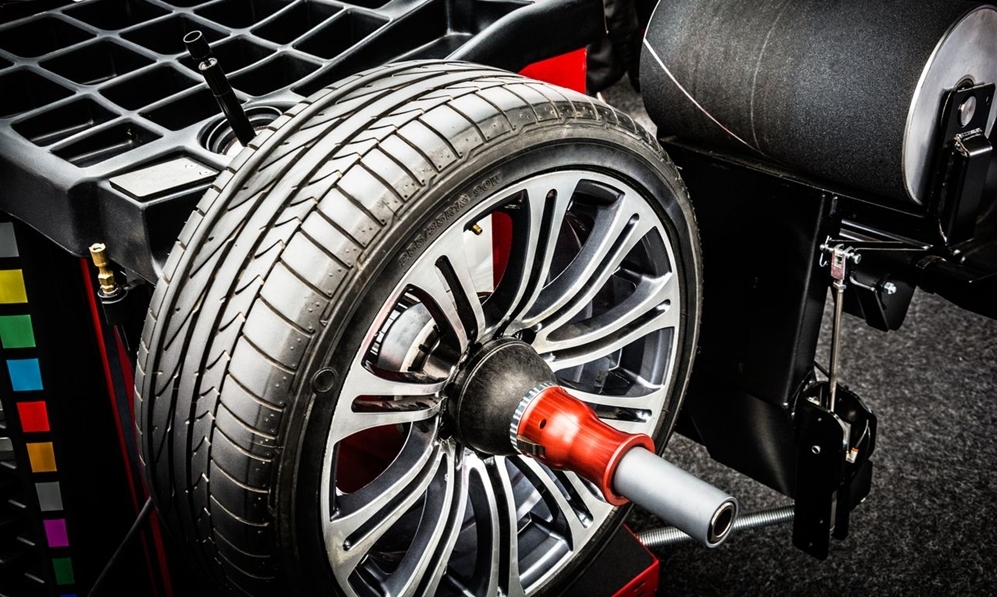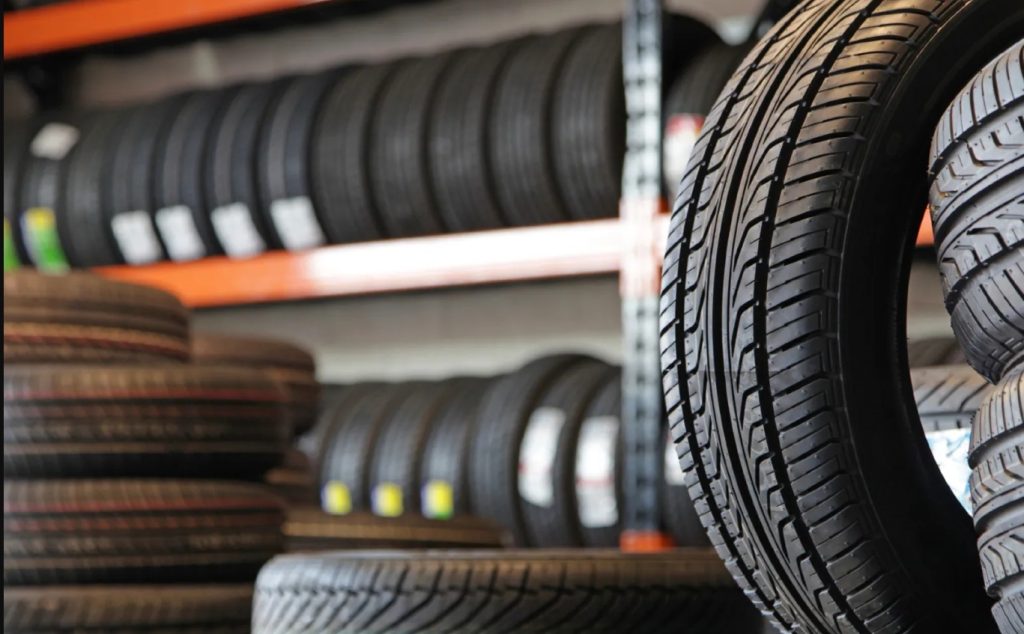Overview
How often should I change my tires? It’s one of those questions every driver asks eventually, yet the answer isn’t as straightforward as we’d like. Generally, most tires need replacement every 25,000 to 50,000 miles (40,000 to 80,000 kilometers) or every 3-6 years, but numerous factors can dramatically shift this timeline.
In this guide, we’ll break down everything that affects your tire’s lifespan, from driving habits to climate conditions, and give you practical tips to know exactly when those wheels need replacing.
Also read: What Does the Tire Warranty Cover?
The Basics: When It’s Time for New Tires
Let’s cut to the chase – tires aren’t cheap, so you want to get the most mileage possible without compromising safety. The industry standard suggests replacing tires every:
- 3–6 years regardless of mileage (due to rubber degradation)
- 25,000–50,000 miles (40,000–80,000 kilometers) for standard all-season tires
- 15,000–20,000 miles (24,000–32,000 kilometers) for performance tires
- 30,000–60,000 miles (48,000–96,000 kilometers) for touring or highway tires
- 40,000–80,000 miles (64,000–128,000 kilometers) for long-life tires
But these are just general guidelines. How often should I change my tires really depends on your specific situation. A pizza delivery driver in a rainy climate might need new tires twice as often as someone who only drives to the grocery store once a week in dry conditions.
The “6-year rule” is worth remembering: even if your tires look fine and haven’t reached their mileage limit, most manufacturers recommend replacing them after six years from the manufacturing date due to invisible rubber degradation. You can find your tire’s “birth date” molded into the sidewall as a four-digit code – the first two digits represent the week, and the last two the year of manufacture.
Tire Type Comparison Table
| Tire Type | Average Lifespan (Miles) | Best For |
|---|---|---|
| All-Season Tires | 40,000–70,000 | Year-round use in moderate climates; daily driving |
| Performance Tires | 15,000–30,000 | Sporty handling, quick acceleration, summer driving |
| Winter/Snow Tires | 3–4 winter seasons | Cold, snowy, or icy conditions; seasonal use only |
| Touring Tires | 50,000–80,000 | Comfortable, quiet rides on highways and long trips |
| All-Terrain Tires | 30,000–50,000 | Mixed on/off-road driving; SUVs and trucks |
| Mud-Terrain Tires | 20,000–40,000 | Off-roading in muddy, rugged terrain; aggressive tread |
| Run-Flat Tires | 30,000–50,000 | Safety in blowouts; limited driving after a puncture |
| Ultra-High Performance (UHP) | 20,000–30,000 | Sports cars and fast driving; optimized for grip |
Check Your Tread: The Penny Test and Beyond
One of the most reliable ways to answer how often should I change my tires is by monitoring tread depth. In the U.S., the legal minimum is 2/32 of an inch; in many European countries, it’s 1.6mm – practically the same.
Here’s the classic penny test:
- Insert a penny into the tread groove with Lincoln’s head upside down
- If you can see the top of his head, the tread is too shallow and the tire needs replacing
For better grip in wet or snowy weather, experts suggest at least 4/32 of an inch. You can use a quarter for this – Washington’s head should disappear into the tread.
Modern tires also include tread wear indicators – little horizontal bars that show up when you’ve hit 2/32 of an inch. When these become flush with the surrounding tread, that’s your visual cue: how often should I change my tires just became “right now.”

✅ Tire Replacement Warning Signs Checklist
Visual Inspection
Performance Clues
Age-Related Issues
Environmental Damage
Other Red Flags
More Than Just Tread: Other Warning Signs
Tread depth is important, but it’s not the only thing to watch for. Keep an eye out for:
- Cracks or cuts in the sidewall
- Bulges or blisters on the tire surface
- Excessive vibration while driving
- Uneven wear patterns (which could signal alignment or suspension issues)
How often should I change my tires also depends on how evenly they wear. That’s why rotating your tires every 5,000–8,000 miles (8,000–13,000 kilometers) is so important. It helps promote even wear and can extend the lifespan of your tires by thousands of miles.
Different Tires, Different Lifespans
Not all tires are created equal. Knowing the differences can help you make smarter choices and anticipate how often should I change my tires based on what kind of driving you do.
All-Season Tires
These are the general-purpose option found on most vehicles.
- Budget brands: 40,000–60,000 miles (64,000–96,000 km)
- Premium brands: 50,000–70,000 miles (80,000–112,000 km)
Performance Tires
Great for grip and handling, but wear out faster.
- Typically last 15,000–30,000 miles (24,000–48,000 km)
Winter/Snow Tires
Made for cold-weather traction.
- Best used only in winter
- Usually last 3–4 winter seasons with proper storage
All-Terrain/Off-Road Tires
Designed for rugged use.
- Lifespan: 30,000–50,000 miles (48,000–80,000 km)
Touring Tires
Built for comfort and long highway drives.
- Can last 50,000–80,000 miles (80,000–128,000 km)
Some premium tires even come with warranties up to 80,000 miles, but those warranties often require regular maintenance and even wear. So, how often should I change my tires isn’t just about the miles – it’s about how you drive, where you drive, and how well you care for them.

Driving Habits: The Biggest Factor in Tire Wear
Your personal driving style and road conditions have a major impact on how often should I change my tires. Some habits can wear your tires out much faster than you might expect:
- Aggressive acceleration and braking – Looks cool in movies, but quickly eats away at your tread.
- Taking corners at high speed – This puts serious lateral pressure on your sidewalls.
- Carrying heavy loads – Consistently exceeding your car’s weight capacity stresses the tires.
- Driving on rough roads – Potholes, gravel, and bumpy surfaces cause faster wear.
- Improper inflation – Both under- and over-inflation lead to uneven, premature tire wear.
- Misalignment – When your wheels aren’t aligned, tires drag instead of rolling smoothly.
On the flip side, a gentle driver who maintains proper tire pressure, rotates regularly, and keeps alignment in check might squeeze 20,000 or more extra miles out of a single set.
Climate also affects how often should I change my tires. High heat speeds up rubber degradation, and winter chemicals or road salt can eat away at the tire material. Those in mild climates with well-maintained roads usually get more mileage than drivers in extreme conditions.
The Hidden Dangers of Old Tires
Even if your tread looks fine, aging tires can still be dangerous. That’s because tire rubber naturally breaks down over time due to oxidation—regardless of how much or how little you drive. This is another reason how often should I change my tires is sometimes about age, not mileage.
Signs of aging tires include:
- Small cracks in the sidewall (known as weather checking)
- Rubber that feels hard or brittle
- Unusual vibration or road noise
- Discoloration or fading of the rubber
That’s why the “6-year rule” is important. Even if your tires seem okay, they should be replaced six years after their manufacture date. For low-mileage drivers who only cover about 5,000 miles (8,000 kilometers) per year, tires may age out long before the tread wears down.
Special Considerations: RVs, Trailers, and Specialty Vehicles
For certain vehicle types, how often should I change my tires depends on more than just mileage:
- RVs and Trailers – Tires may age out before wearing out. UV exposure and uneven weight distribution speed up wear. Replace every 3–5 years.
- Classic and Collector Cars – Even low-mileage tires lose grip due to hardened rubber. Replacement every 5 years is recommended.
- Commercial Vehicles – Heavier loads and constant use require frequent inspections and mileage-based replacement schedules. Specialized tire types may have unique intervals.
If you drive one of these vehicle types, it’s best to talk with a tire pro who understands your specific needs.
Cost vs. Safety: Making the Smart Choice
There’s no sugarcoating it—replacing tires can be expensive. Depending on your vehicle, a new set might run you $400 to over $1,200. So when thinking about how often should I change my tires, it’s understandable to want to stretch the lifespan.
But your tires are your car’s only contact with the road. They affect everything from braking to handling in emergencies. Delaying replacement might save a little now, but it could cost much more if it compromises your safety.
To stay safe while managing costs:
- Budget ahead – Set aside a small monthly amount toward future tire needs.
- Consider mid-range options – You don’t always need the most expensive tires; many mid-tier brands perform exceptionally well.
- Watch for deals – Manufacturers often offer seasonal rebates or bundle discounts.
- Maintain your tires – Regular rotations, inflation checks, and alignments help extend their life.
Remember, how often should I change my tires isn’t just about ticking a box—it’s about making sure your vehicle stays safe, stable, and road-ready.

Maintenance Tips to Extend Tire Life
Want to maximize the time between replacements? These simple habits can help you squeeze every mile out of your tires—and help answer the question, how often should I change my tires, with a little more confidence.
- Monthly pressure checks – Proper inflation is the single most important factor in tire longevity.
- Tire rotation every 5,000–8,000 miles (8,000–13,000 kilometers) – Promotes even wear across all four tires.
- Alignment check annually – Ensures tires roll straight without dragging or scrubbing.
- Balance check with rotation – Prevents vibration that accelerates uneven wear.
- Keep load within specifications – Avoid overloading your vehicle beyond what the manufacturer recommends.
- Avoid harsh driving – Gentle acceleration, braking, and cornering preserve tread.
- Clean tires occasionally – Removes corrosive substances like salt and road grime that can degrade rubber.
Following these maintenance practices can extend your tires’ lifespan significantly—sometimes by thousands of miles—while also improving ride comfort and safety.
Regular Tire Rotations: A Simple Way to Extend Tire Life
One of the most effective (and underrated) ways to increase tire life is regular rotation. When you ask yourself, how often should I change my tires, part of the answer depends on how well you rotate them.
Each position on your vehicle causes tires to wear differently:
- Front tires on front-wheel-drive vehicles wear faster due to engine power and turning forces.
- Rear tires on rear-wheel-drive vehicles experience more wear from pushing the vehicle.
- Outside edges of front tires wear more quickly because of cornering stress.
- Uneven weight distribution also leads to different wear rates depending on vehicle design.
Rotating your tires every 5,000–8,000 miles (8,000–13,000 kilometers) helps them wear more evenly. This can extend overall tire life by 5,000–10,000 miles (8,000–16,000 kilometers) or even more.
Common rotation patterns include:
- Forward Cross – Rear tires move to the front opposite side; front tires move straight back.
- X-Pattern – Each tire moves to the opposite corner of the vehicle.
- Front-to-Back – Tires stay on the same side but swap front and rear positions.
Many tire shops include free rotations if you bought the tires there, and the service usually takes under 30 minutes. If you’re a hands-on type and have the tools, it’s also a great DIY task.
Set a reminder in your phone or jot it in your maintenance log—it’s a small task that pays big dividends in tire life, performance, and cost savings.
FAQ: How Often Should I Change My Tires?
How often should I change my tires if I rarely drive?
Even if you don’t drive much, it’s recommended to change your tires every six years from the manufacture date. Rubber deteriorates over time, so how often should I change my tires isn’t just about miles driven—it’s also about age.
How can I tell if my tires are too old?
Check the DOT code on the sidewall. The last four digits show the week and year the tire was made (e.g., “1020” = 10th week of 2025). If it’s been over six years, it’s time to ask, how often should I change my tires, and likely replace them even if the tread looks fine.
What tread depth means it’s time to change tires?
Legally, you must replace tires at 2/32” tread depth, but many experts recommend doing it sooner—especially in wet conditions. When wondering how often should I change my tires, tread depth is a key factor.
Do I need to change all four tires at once?
It’s best to replace all four for even performance. But if you’re only replacing two, install them on the rear axle. This affects how often you should change your tires, especially if you drive a front- or all-wheel-drive vehicle.
Is visual inspection enough to tell when to change tires?
Not really. You need to check the tread depth, sidewall condition, and manufacture date. Vibration, noise, or pulling can also signal it’s time to revisit how often should I change my tires.
How does rotation affect how often I should change my tires?
Tire rotation helps spread out wear evenly. If you rotate your tires every 5,000 to 8,000 miles, it can extend their life and reduce how often you need to change your tires.
Do driving habits really affect how often should I change my tires?
Absolutely. Aggressive braking, fast cornering, or carrying heavy loads all wear tires faster. So if you’re asking how often should I change my tires, consider how you drive as much as how far.
Are tire warranties accurate for predicting how often I should change my tires?
Warranties are based on ideal conditions. In reality, your driving habits and climate will have more impact on how often should I change my tires than a generic mileage estimate.
Need a mobile mechanic? Find one on the Mobile Mechanic Directory
Final Thoughts: Safety First
Ultimately, how often should I change my tires isn’t a fixed number—it depends on how you drive, where you drive, and how well you maintain your tires. But one thing is certain: safety comes first.
Get into the habit of giving your tires a quick inspection every few weeks:
- Look for visible wear or damage.
- Feel the tread surface for uneven wear.
- Note any new vibrations or poor handling—especially in wet conditions.
And always remember these key points:
- Replace tires when tread reaches 2/32″ (1.6 mm)—or sooner if you drive in rain or snow.
- Stick to the 6-year rule regardless of tread depth.
- Adjust replacement timing based on your habits and climate.
- Keep up with inflation, alignment, and rotation.
If you’re ever unsure, consult a tire professional. They can quickly assess whether you’re due for a replacement—or if you’ve still got some safe miles ahead.
Your tires are the foundation of safe driving. Knowing how often should I change my tires and staying proactive about it means safer trips, fewer surprises, and more peace of mind every time you hit the road.



